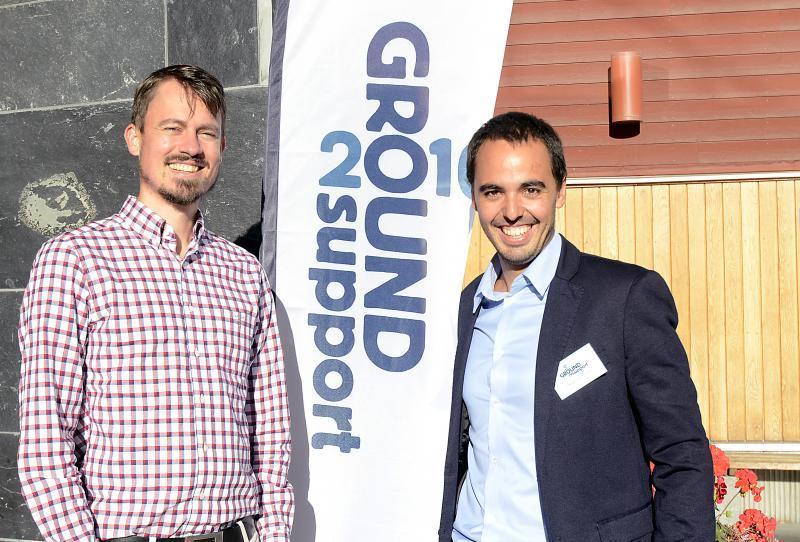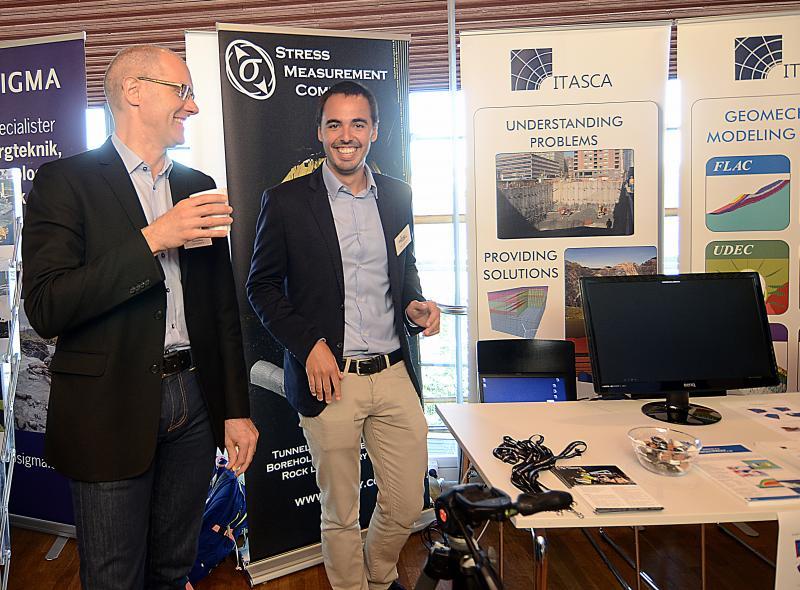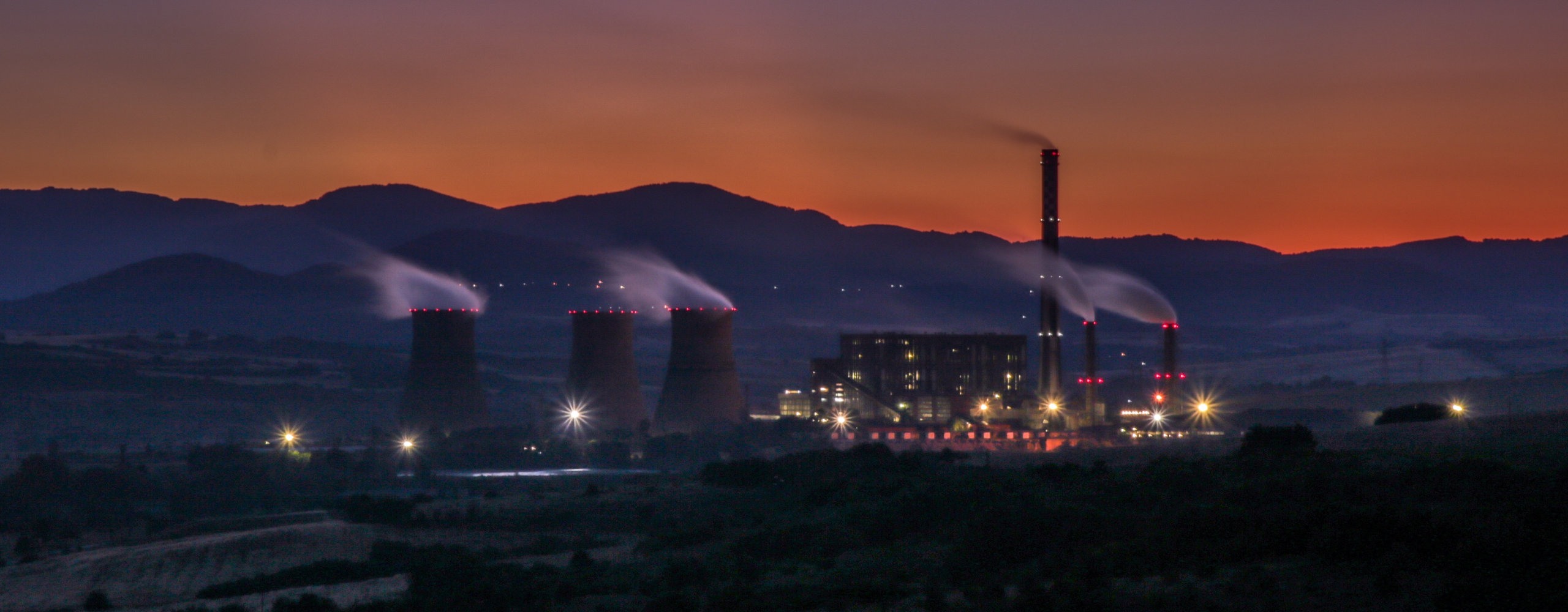
When the tunnel passage under the Maria Magdalena Church was to be constructed, the unthinkable happened. The tunnel failed and created a sink hole beneath the cemetary.
Using Itasca's computer model, the tunnel failure may have been predictable.
The international rock mechanics conference "Ground Support", with focus on stable and safe mines, safe tunnel excavation and safe tunnels. The research group at the Division of Mining and Geotechnical Engineering at LTU took over from Australia , and hosted the 2016 symposium.
The symposium attracted 200 participants from more than 30 countries, at Kulturens Hus in Luleå. Researchers from all continents shared their knowledge, among them Diego Lope Álvarez from Itasca.
– I presented a numerical model that could predict the tunnel collapse that occurred in the passage of the Maria Magdalena Church in Stockholm during the construction of the City Link tunnel in 2012, says Diego Lope.
The church is not build on solid rock, but rests on a sand and moraine layer, which makes tunnel excavation harder. Despite safety measures, a sink hole developed that delayed the tunnel project by four months.
– By doing a back-analysis, we could reproduce the whole sequence, says Diego Lope.
The research project on tunneling in heterogeneous conditions, with a mix of rock and and soil, was conducted jointly with SGI and was presented during the three-day long conference,
Itasca's manager in Sweden, Jonny Sjöberg, is a member of both the local and international organizing committe for the Ground Support symposium series.

